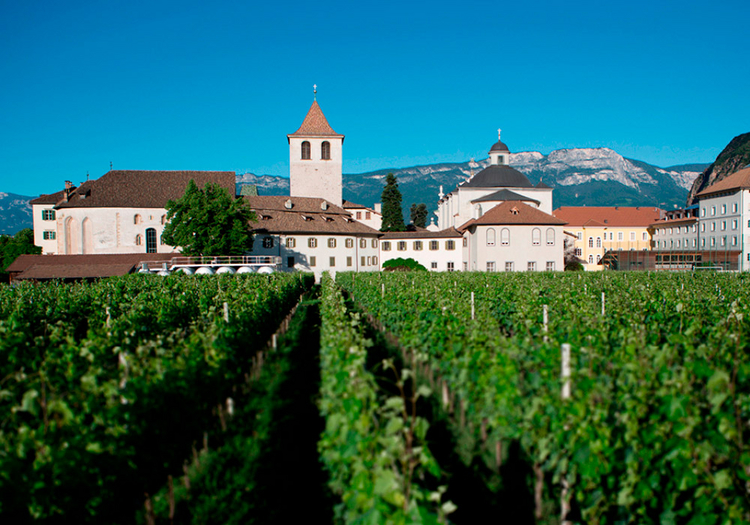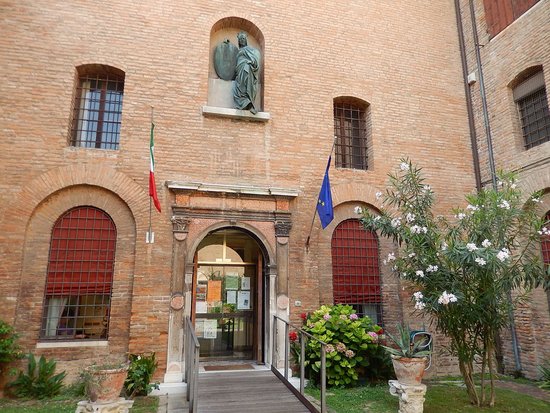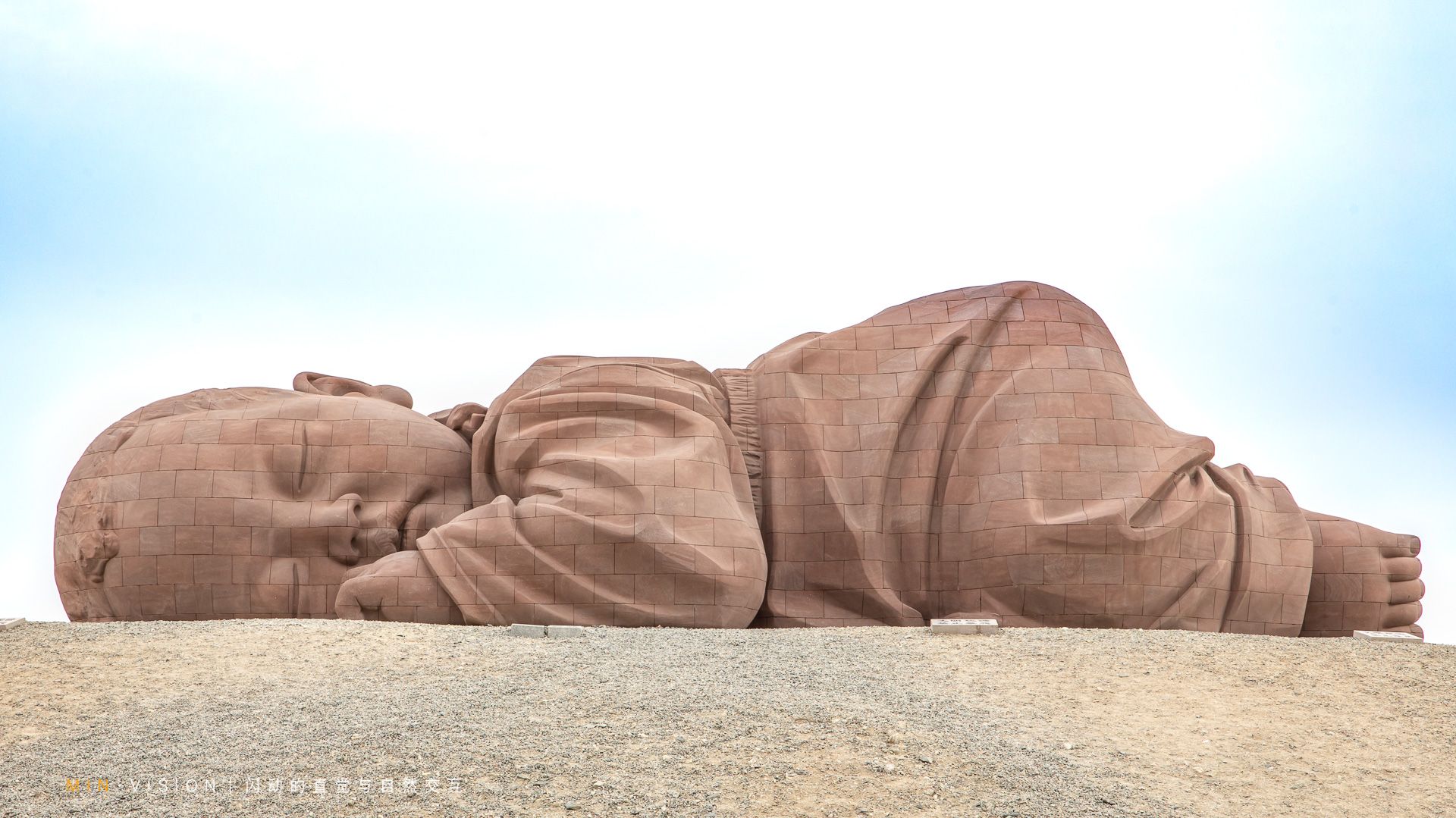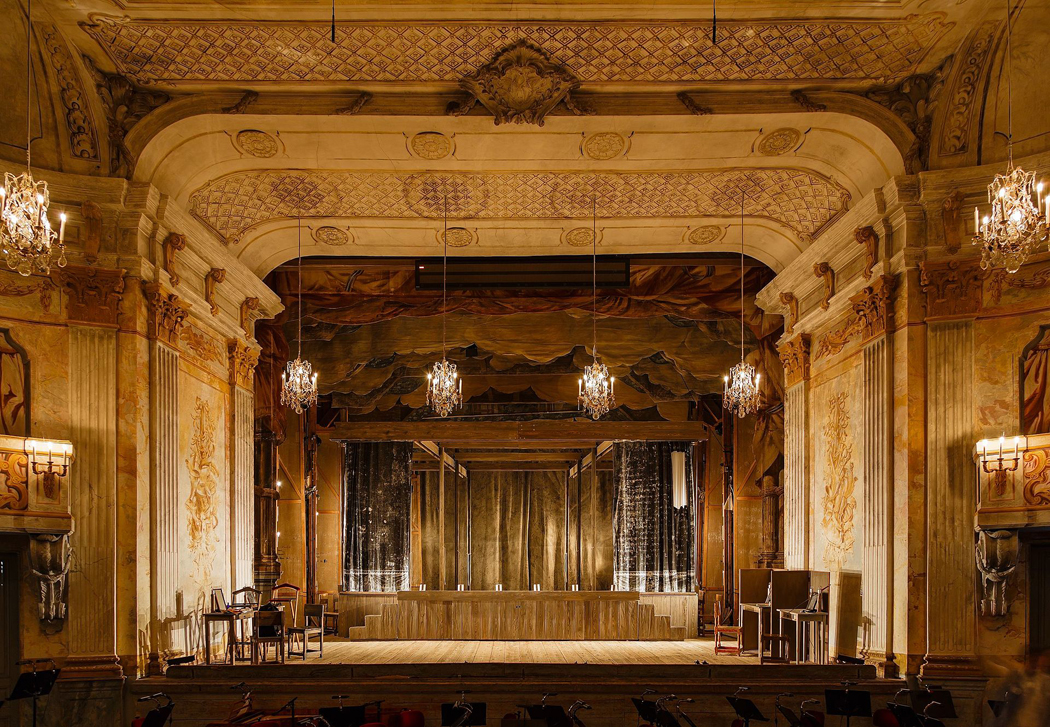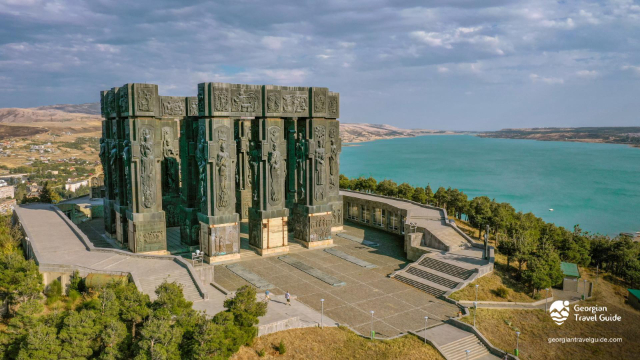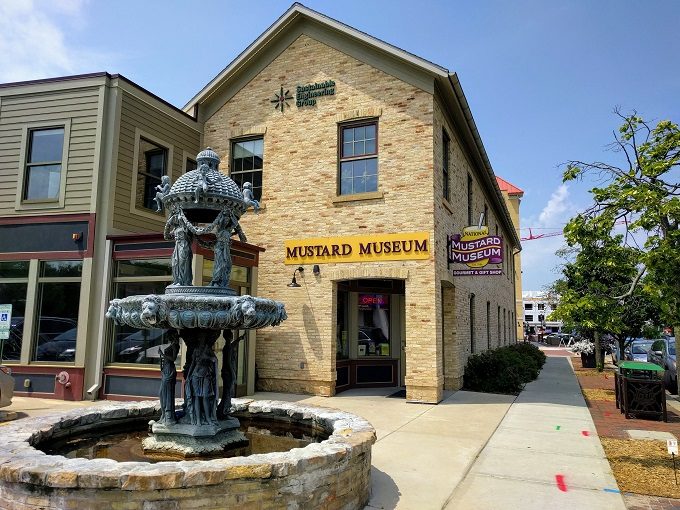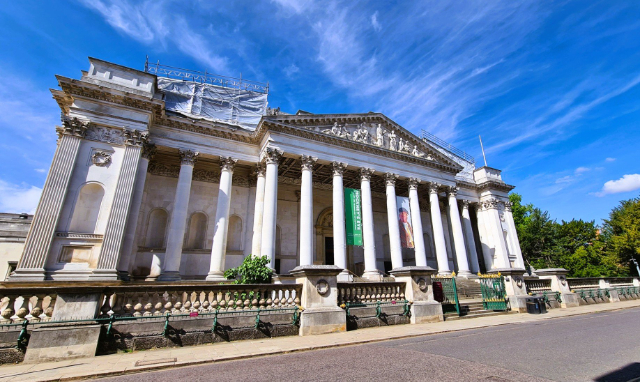Located in the Romanesque tower of the Abbey, it displays ancient nativity scenes, one of which dates back to around 1750 and a review of the current production of nativity scenes in South Tyrol, as well as about forty pieces of groups of folk art figures.
The Benedictine Convent Muri di Gries, one of the oldest in South Tyrol, can be reached in about 20 minutes from the old town centre. In addition to a valuable artistic and architectural heritage, it also houses a curious and no less fascinating collection of nativity scenes.
The collection is housed in the evocative rooms of the old watchtower, which was part of a fortified castle in the 12th century. Today the tower also houses the headquarters of the South Tyrolean Association Amici del Presepe.
The oldest nativity scene dates back to the beginning of the 17th century, although in reality it is not a real nativity scene, but a so-called "Fatschenchristkindl" i.e. a baby Jesus in swaddling clothes. The figure of the Child Jesus, wrapped in bandages in fact, is lying in a little box and is surrounded by a series of little angels. This tiny representation, mostly in wax and strips of cloth, was given to the girls who crossed the threshold of the convent to take their vows, thus renouncing motherhood.
The small composition had to represent a sort of consolation for their sacrifice. A painted terracotta nativity scene, belonging to the family of the present abbot Benno Malfèr, also dates back to the same period. Of particular interest are also two baroque style nativity scenes, dating back to 1750.
Most of the compositions, however, date back to no more than 20 years ago and come from the competition that is held every year and that has allowed to put together an interesting review of contemporary works, built with the most varied materials, such as paper, wood, papier-mâché, ceramics. There is no lack of valuable pieces, not only like those that came out of the hands of an authentic crib artist, Claudio Mattei, but also of ordinary people.
The nativity scenes are not limited to the representation of the Nativity, but also reproduce scenes from the Old and New Testament, such as the slaughter of the innocent, the visit to the temple and so on. Also interesting are the so-called " street nativity scenes from Madrid" which reproduce the foreshortening of a street, in which the Holy Family remains practically half-hidden, stimulating the curiosity of the visitor.
